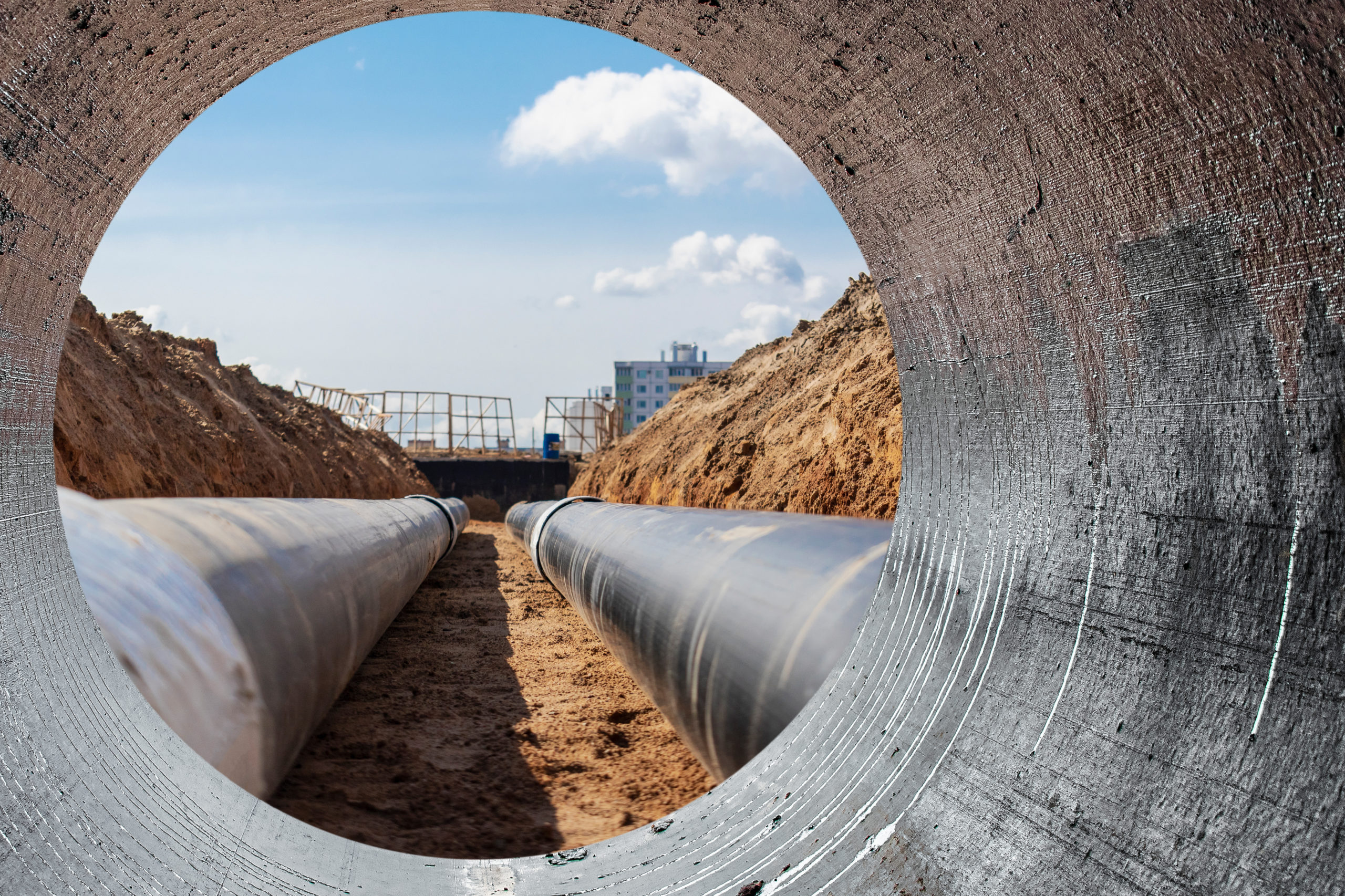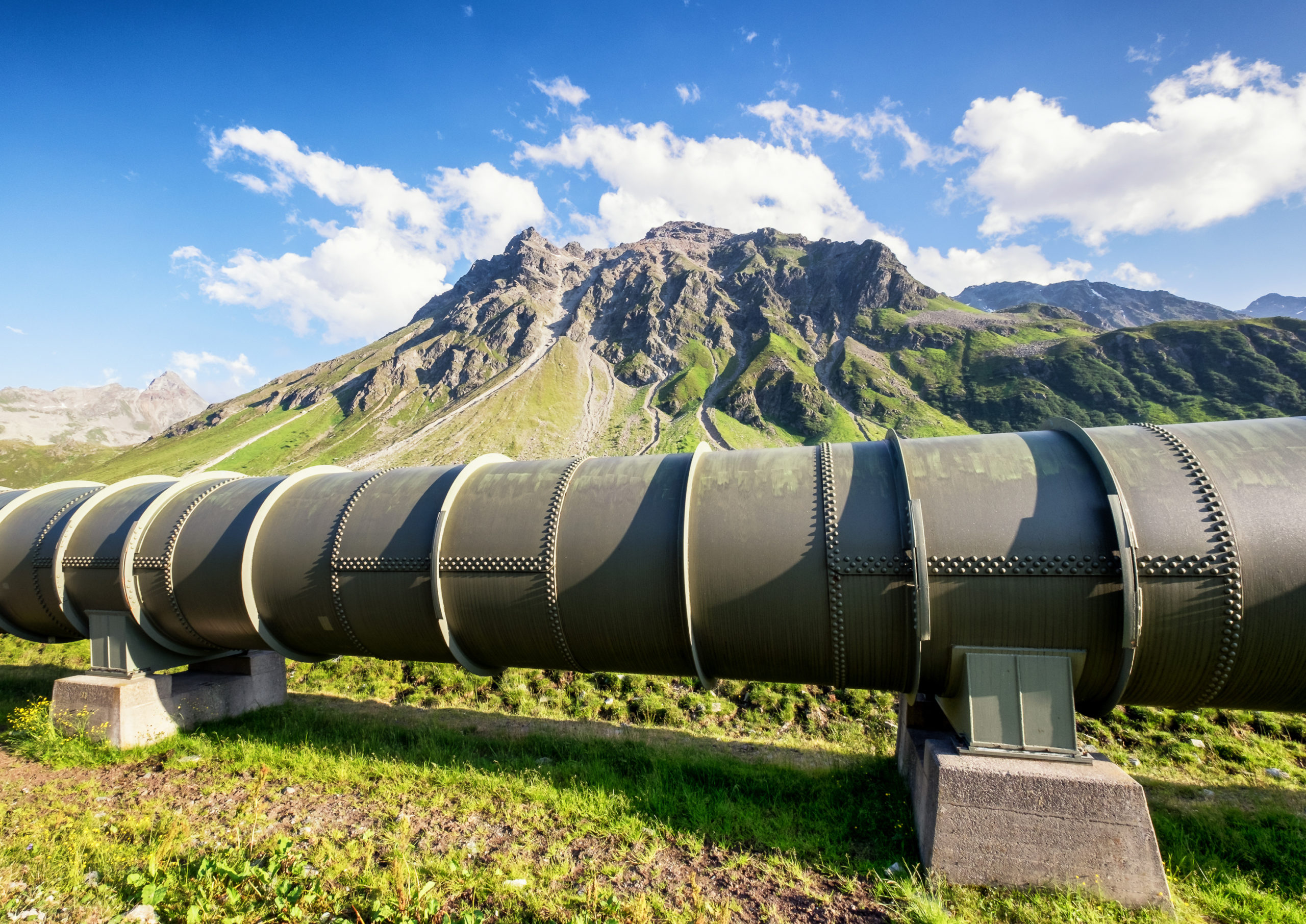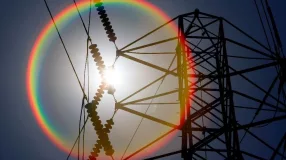Demand for natural gas in the United States has risen significantly over the last decade, a trend driven in large part by the affordability, reliability and clean-burning qualities of natural gas. In addition to enabling the United States to cut carbon dioxide emissions faster than any other nation, natural gas has been a catalyst for job creation and economic growth.
Our nation’s robust natural gas pipeline network – and the ability to supplement pipeline infrastructure in response to market demand – is an essential link in realizing the benefits of America’s natural gas abundance. Pipeline operators, like the rest of the natural gas industry, have rapidly evolved and have developed innovative pipeline safety technologies that are making our industry, and the communities we service, safer. Federal pipeline safety guidelines, however, have been slow to change with the times.
As INGAA President & CEO Don Santa wrote in a recent Houston Chronicle column:
“Day in and day out, pipeline operators work to ensure and enhance the safety and reliability of the critical infrastructure that is America’s natural gas pipeline system. Just as technological advances made the shale revolution possible, new technologies and engineering practices are improving the performance and safety of the nation’s natural gas pipeline network. ..
“To maintain our global energy leadership, we need safe and efficient pipelines. Achieving this goal will require an upgraded regulatory framework that facilitates the deployment of American innovation.”
From consumers and regulators to pipeline operators themselves, it is in everyone’s best interest that pipeline safety regulations accommodate deployment of the technological and engineering advancements that make pipeline operations, including inspection and maintenance, safer and more efficient. Current regulations are based on federal standards established by accretion over the course of 50 years, and they fail to reflect accurately the technologies and processes now available to the pipeline industry to ensure the safe and reliable delivery of natural gas.
Congress is currently considering reauthorization of the Pipeline Safety Act. Congress should use the reauthorization as an opportunity to ensure that the pending updates to PHMSA’s gas transmission regulations are completed this year. Aligning federal regulations and industry best practices will create a positive path for making pipelines even safer and more reliable than they are today.
In 2017, the United States became a net exporter of natural gas for the first time since 1957. The path to achieving our full potential as an energy superpower and capturing the greatest benefits of America’s natural gas abundance will be made smoother with an updated regulatory framework governing pipeline safety. Passage of new PHMSA pipeline safety regulations will ensure that pipelines continue to deliver natural gas in a safe, reliable and environmentally sound manner.







